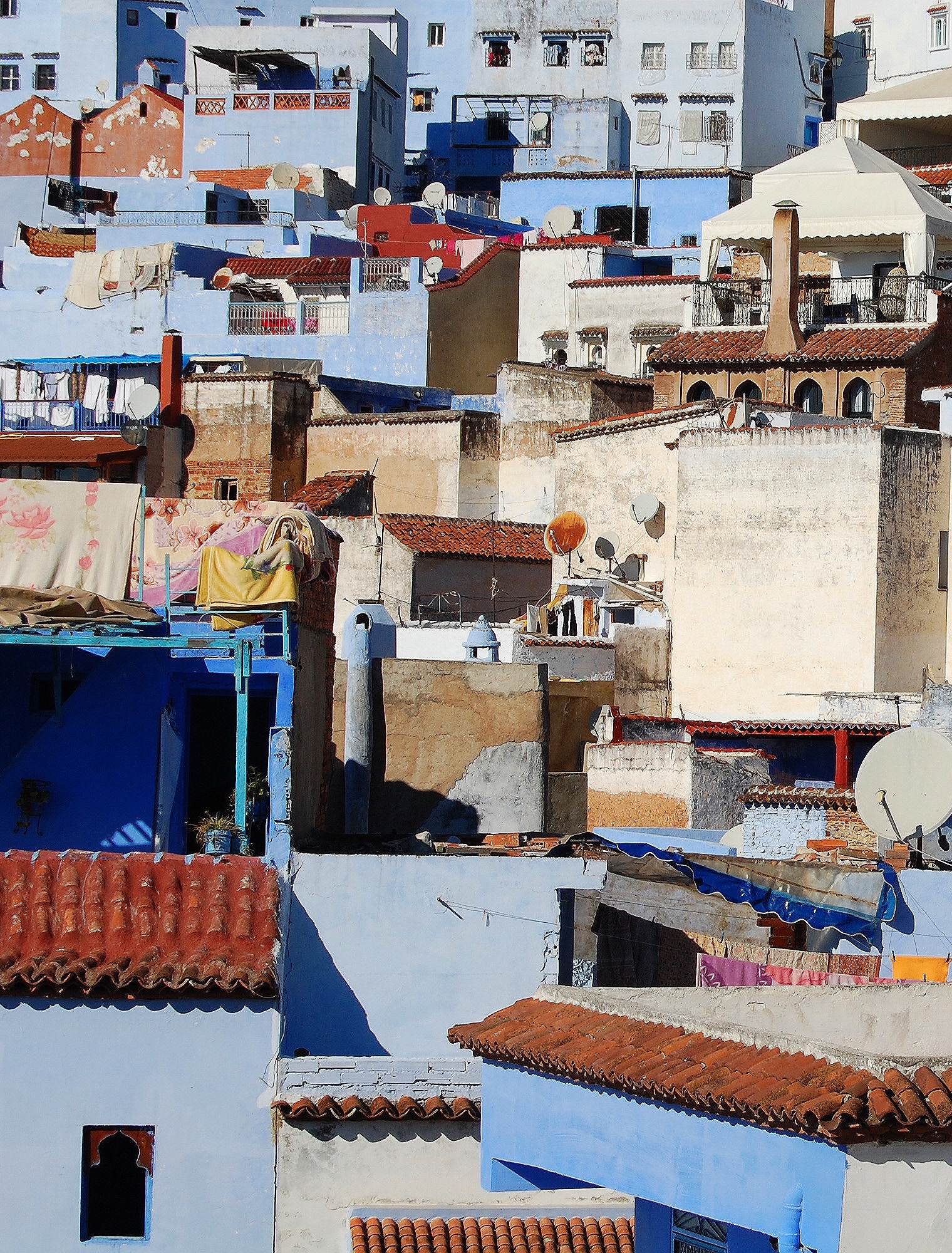Fourteen Kilometers: Mediterranean (Im)Migrations in Contemporary Francophone Literature and Film
Dr. Mary Anne Lewis Cusato
The Mediterranean Sea has been called “the world’s deadliest border” by the International Organization for Migration. Indeed, since the year 2000, more than 33,000 migrants’ lives have ended in attempted crossings to reach Europe. At the same time, many (im)migrants do complete their journey to Europe by sea. Some 363,504 arrived in 2016, 171,635 in 2017, and just under 115,000 in 2018. Thus, while tragedy strikes all too often during the attempted sea-crossing, many complexities nevertheless await on land. For many European citizens, refugees, and migrants, contemporary immigration shapes daily life on many levels.
This upper level seminar in French and Francophone Studies at Ohio Wesleyan University, entitled “Fourteen Kilometers: Mediterranean (Im)migrations in Contemporary Francophone Culture”, examines the phenomena of migration and immigration with a focus on the French-speaking Mediterranean. As we analyze various cultural “texts,” including both fictional and documentary films, a novel, a photojournalism exhibit, scholarship, and an oral history from a Columbus, Ohio man who immigrated from the Democratic Republic of Congo in the fall of 2016, we understand (im)migration and its representation as both personal and political, as both individual and a mass reality. Engaging in detailed textual analysis, we ask what motivates migration and immigration throughout the Mediterranean; how these phenomena are represented in political, cultural, and popular sources from the French-speaking world; and we engage in dialogue with a local man who knows what it is to migrate, navigate the culture of a country that is new to him, learn a new language, and start life anew. In this course, then, migration and immigration are treated not just through literature, film, and scholarship, but also through direct, personal testimony.
La mer Méditerranée est connue comme “la frontière la plus mortelle du monde” par l’Organisation Internationale pour la Migration. Effectivement, depuis l’année 2000, plus que 33.000 migrants sont morts en tentant de croiser la mer et arriver en Europe. En même temps, beaucoup d’(im)migrés achèvent leurs voyages en Europe à travers la mer. Autour de 363.504 sont arrivés en 2016, 171.625 en 2017 et presque 115.000 en 2018. Ainsi, bien que la tragédie arrive très souvent lors des tentatives de traversée de la mer, plusieurs complexités attendent néanmoins dès leur arrivée. Pour beaucoup de citoyens européens, réfugiés, et migrants, la migration contemporaine influence la vie quotidienne à plusieurs niveaux.
Ce séminaire en études françaises et francophones à Ohio Wesleyan University, titré “Fourteen Kilometers: Mediterranean (Im)migrations in Contemporary Francophone Culture,” examine le phénomène de la migration et l’immigration avec une focalisation sur la région méditerranéenne francophone. En faisant l’analyse de divers “textes” culturels, y compris des films fictifs et documentaires, un roman, une exposition de photo-journalisme, la critique, et une histoire orale donnée par un immigré de la République Démocratique du Congo que s’est installé à Columbus dans l’Ohio en automne 2016, nous étudions l’immigration et sa représentation comme quelque chose de personnel ainsi que politique et comme une réalité à la fois individuelle et collective. Engagés en détail avec des analyses textuelles, nous nous posons des questions sur les motivations qui pourraient inciter une personne à tenter un trajet à travers la Méditerranée ; comment ces phénomènes sont représentés à travers les sources politiques, culturelles et populaires dans le monde francophone ; et nous nous engageons en dialogue avec un homme francophone à Columbus qui sait ce que c’est de migrer, naviguer la culture d’un pays qui lui est étranger, apprendre une nouvelle langue, et commencer sa vie de nouveau. Donc, dans ce cours, la migration et l’immigration sont traitées par le témoignage personnel ainsi que par la littérature, les films, et la critique.
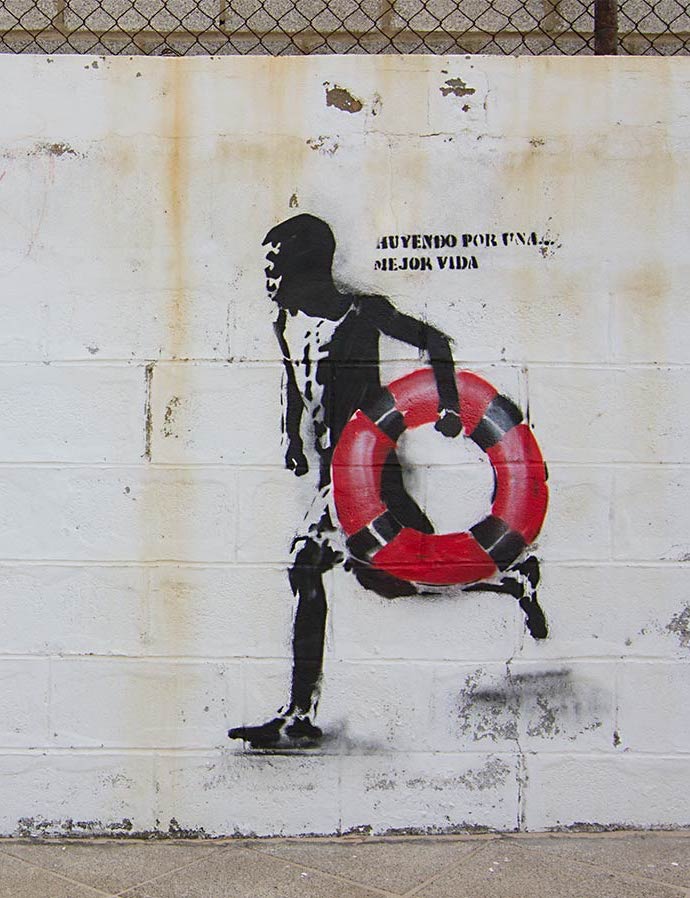
Street Art
“Each one of these pieces critiques and confronts the brutal reality of immigration and the areas affected.”
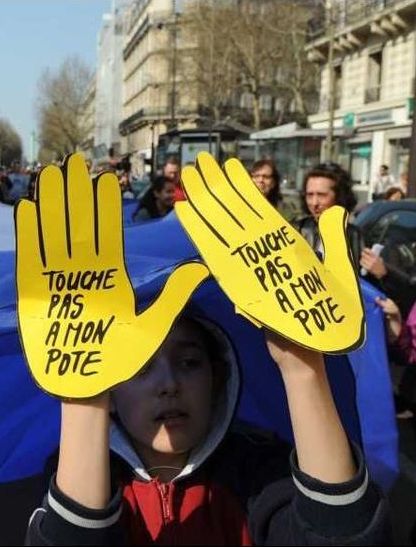
La Saga des Immigrés
This 2007 French documentary by Édouard Mills-Affif and Anne Riégel uses a rich body of audiovisual archives to show the evolving ways in which television shaped perceptions of national identity and immigration alike in France.
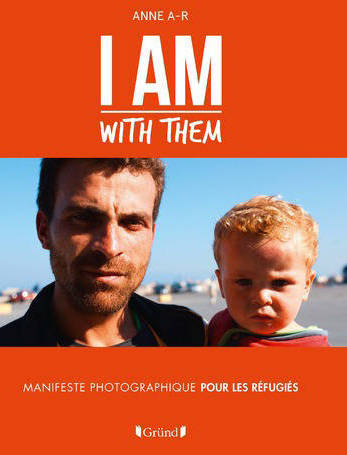
I Am With Them
Photographic manifesto in support of refugees, displayed at the Institute of the Arab World
France 24 (Special Report)
and Barcelone
ou la Mort (Documentary)
“In both of these nonfictional portraits of immigration, the journey often ends in the middle of the Mediterranean Sea because of storms, hunger, thirst…”
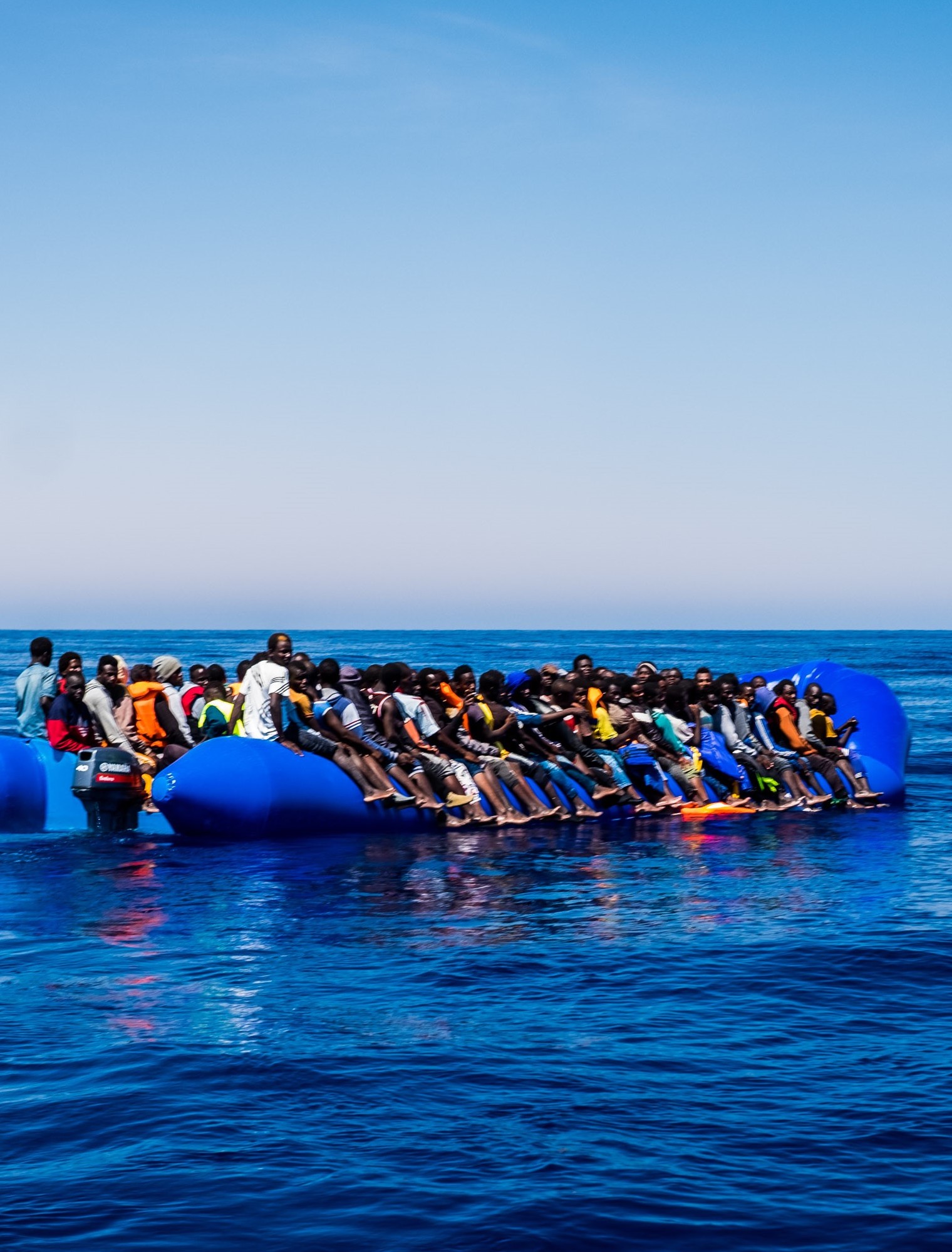
Les Clandestins
(Novel) and Harragas (Film)
“For those migrants represented in fictional works such as Youssouf Amine Elalamy’s Les Clandestins, or Merzak Allouache’s film Harragas, the voyage is shrouded in death and suffering.”
